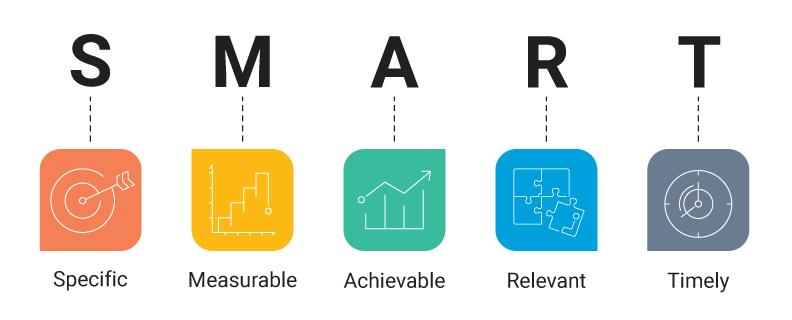Chances are good that when you go online, you’ll run across an advertisement. Most you ignore—but there will always be one or two that catch your eye, capture your interest, and make you click.
Online advertising is a leading way to stand out when marketing on the internet. Do it correctly and you may smash through your sales and marketing goals. Do it wrong and you may lose a lot of time and money.
The trouble is there are a LOT of ways to do this type of marketing on the internet incorrectly. But with new opportunities to utilize this advertising tool popping up almost daily, we want to take you through the basics of online advertising—specifically paid online advertising—so you feel comfortable testing the waters. Because there is no denying that in today’s market, conquering paid for online advertising is critical to the overall success of your business.
Breaking down online advertising
Before we get too deep into the “how” of online advertising let’s clarify what it is. Terms like internet marketing, web advertising, web marketing, display advertising, and online marketing all mean, more or less, the same thing. They may be an organic (aka: no cost) or paid form of content marketing that utilizes the online space to share a promotional message with potential customers through a digital channel.
There are many forms of paid online advertising including:
- Search engines
- Dynamic or remarketing campaigns
- PPC (Pay Per Click)
- Social media
- Location-based advertising
Different platforms will offer you different advantages. The trick to doing paid online advertising well is understanding the different values of each platform and deciding which one is the right fit for your business.
From building communities to increasing traffic and conversions to improving important metrics like your cost per lead, it’s important to place value somewhere specific so you can decide on an end-goal for your online advertising. This step is crucial prior to starting down the path of mastering a specific form.
Types of online advertising
We’ve talked previously in our blog about the importance of truly knowing who your ideal customer (referred to as an ICA or persona) is and what they need—which is easy to keep track of when you use CRM software. When you do know your customer base well, it’s much easier to choose a form of paid online advertising that will likely resonate with your target audience.
This is important because if you’re like most people, you find yourself being inundated with advertisements every time you go online. And the natural reaction? Is to “X” out of Every. Single. One. Because online advertising can be so annoying—there is no break from it!
As a result, it is becoming increasingly difficult to get your online advertising message seen. However, you stand a better chance when you’re connecting with your audience on platforms or through forms of advertising that they prefer.
For instance, if your goal is to sell snow boots, then ads that target individuals in colder climates during specific times of the year will work best. As for the type of ad you can use, there are several. Some of the most popular include:

Display
These are the general combination of text and visual messages you are used to seeing on websites and apps. They may be static—meaning they don’t change—or dynamic, meaning the text or images change automatically. Learn more about online display advertising.

Pay Per Click (PPC)
This refers to what you’ll pay in exchange for a click on your specific advertisement. Ads that appear for a user depend on keywords you use and bid on for your online ad which we discuss more in-depth below.

Social Media Advertising
Perfect when your target audience utilizes a specific social media platform often, this form of ad can pop up in their newsfeeds as well as in other places as they browse the platform. Learn more about social media advertising.
And while not an ad in the traditional sense, many businesses are aware of the benefits of Search Engine Optimization or SEO. This refers to the optimization of your website using key terms that will help you rank better (ie: above your competition) in search results. This is different from Search Engine Marketing (SEM) which is connected to the placement of your business on major search engine pages (SERP) like Google™ and Bing™.
Set goals for your online advertising
Setting goals for your paid online advertising efforts is critical to understanding if they’re successful. Some examples of goals you may set include:
- Grow my Facebook group by 50 members this month
- Increase website traffic by 5%
- Rank on the first page of search engine results
- Build more brand awareness
- Boost brand engagement by 5% in April
Always be sure that your goals for paid online advertising are S.M.A.R.T.

Specific—Are you able to clearly describe your online advertising goal when asked?
Measurable—Are you able to set a KPI or another form or measurement to decide if your efforts were a success?
Achievable—Is this goal practical and within your reach when you consider the time and resources available to your task?
Relevant—How does this goal fit into your overall online advertising strategy?
Timely—What is your starting date? What is your target date to achieve your goal?
One goal every business should have across the board with online advertising is obtaining a positive return on your investment. In other words, you want to make more with your ads than what you are spending.
Don’t make the mistake of thinking that “free” advertising comes without a cost—as many newbies to online advertising do. Time as well as money are things that small businesses often have in short supply. And time spent dabbling with online advertising is not always worth the outcomes—yet another reason why it’s important to set S.M.A.R.T. goals!
Choose the right amount of ad dollars for online advertising
Determining the right budget for marketing on the internet varies from business to business as well as from platform to platform. But you can plan for more success when you maintain awareness of the following important metrics:
Lifetime Value (LTV): This is how much each individual customer is worth to your business over the span of their time with you. To help you determine this, consider what you sell. Is it a one-time purchase? If not, how many things would your ideal customer purchase? How often?
Lead to Customer Rate: This is how quickly an average lead turns into a paying customer. For some businesses, this is a long and slow process. For other businesses, the turnaround time is incredibly fast.
Conversion Rate: The rate at which your customers take a desired action such as filling out a form or making a purchase.
Cost Per Click (CPC): How much you are willing to pay for a click. You can best determine this by first knowing your target Return on Investment (ROI). On average, 20% stands as an average cost-per-acquisition.
Give yourself at least four months of data to go off of when determining these numbers.
As a general rule of thumb, most businesses put anywhere from 6% to 20% of their total operating budget toward general marketing efforts. Of that, you should plan to allocate a percentage specifically to online advertising.






